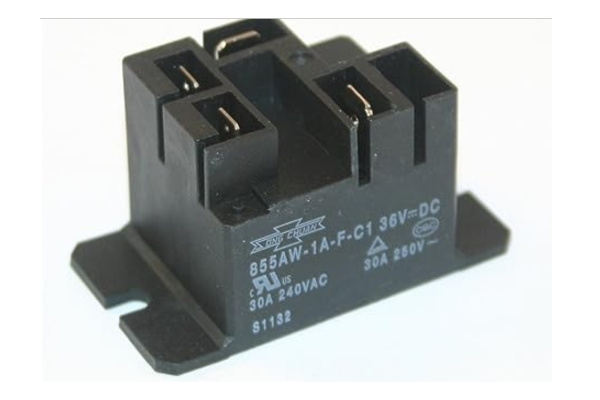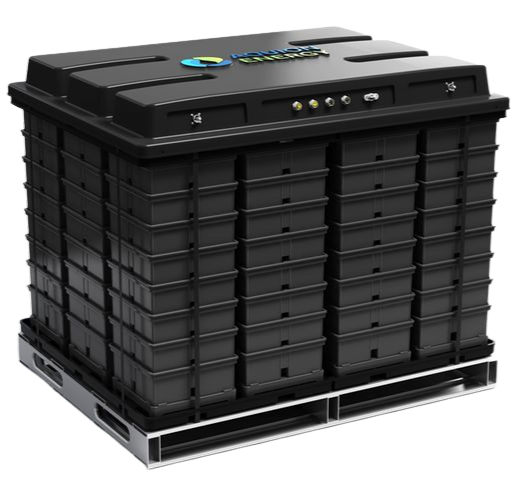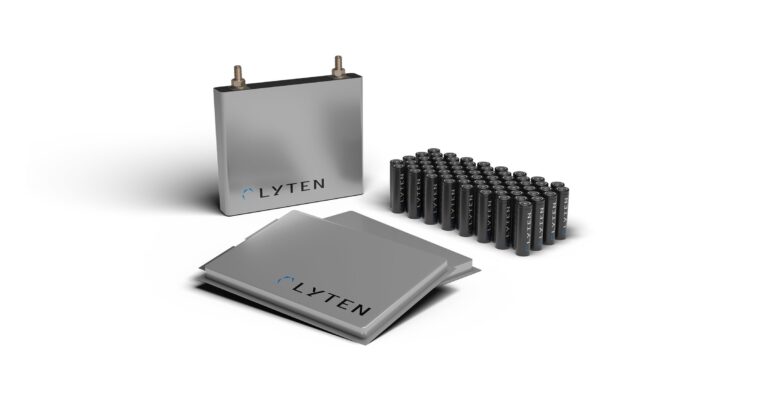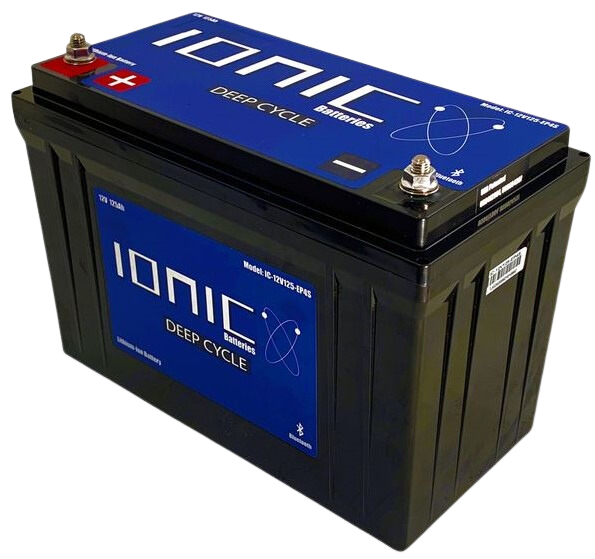 The Science Behind A 36V Golf Cart Battery
The Science Behind A 36V Golf Cart Battery
Contents
The Science Behind a 36V Golf Cart Battery ?A 36V Golf Cart Battery holds supreme importance as the power source propelling electric golf carts. This essential component provides the energy necessary negotiate the course.
smooth and efficient movement across various terrains. A dependable 36V battery ensures extended range and usage time, allowing golfers to enjoy their game without interruption.
Whether through traditional lead-acid technology or the emerging advancements in lithium-ion batteries, the 36V power unit forms the backbone of a reliable and Eco-friendly golf cart underscoring the significance of its role in enhancing both the golfing experience and environmental sustainability.
Types Of 36V Golf Cart Battery
Lithium batteries
LiFePO4 batteries are a popular choice for golf carts due to their high energy density lightweight nature and long cycle life. They provide consistent voltage throughout their discharge cycle ensuring a steady performance. LiFePO4 batteries are also known for their safety features, including thermal stability and reduced risk of thermal runaway.
Lead-acid batteries
These traditional batteries are the most common type used in golf carts. They consist of lead plates immense an electrolyte solution. FLA batteries are cost-effective but require regular maintenance including checking water levels and cleaning terminals.
Factors Affecting Battery Performance
The Science Behind A 36V Golf Cart Battery
The battery capacity of a 36V golf cart battery is a pivotal factor influencing its overall performance and the golf cart’s operational capabilities. Several key factors contribute to the battery capacity and, consequently, the performance of a 36V golf cart battery.
Physical Size and Weight: The battery pack’s size and weight influence the golf cart’s available space and carrying capacity. Larger, heavier batteries often have higher capacities but can also limit the cart’s flexibility and overall performance. Balancing size and weight with capacity is crucial for optimizing the golf cart’s functionality.
Charging and Discharging Rates: Charging and discharging the battery at appropriate rates is essential for maintaining capacity. Rapid charging or discharging can lead to capacity loss over time. Adhering to recommended charging practices helps preserve the battery’s capacity and lifespan.
Temperature: Temperature plays a critical role in battery performance. Extreme cold or heat can affect the battery’s chemical reactions, leading to temporary or permanent capacity reduction. Implementing temperature management systems can help the impact of temperature fluctuations.
Maintenance and Care: Proper maintenance practices, such as regular cleaning appropriate water levels (for lead-acid batteries and equalization charging (for lead-acid batteries), contribute to maintaining capacity and extending battery life.
Charging and Discharging Rates
The charging and discharging rates of a 36V golf cart battery play a pivotal role in determining the battery’s efficiency, performance and overall lifespan. When it comes to charging, it is crucial to use an appropriate charger that matches the battery’s voltage and chemistry.
Charging the battery at too high a rate can lead to overheating and reduced capacity over time, while charging at too low a rate might result in incomplete charging cycles and reduced overall energy storage.
Similarly, during discharging – when the battery provides power to the golf cart’s motor – the rate at which the energy is drawn impacts the battery’s immediate performance and long-term health.
High discharging rates, such as those encountered during a rapid increase in speed or climbing steep hills, can lead to reduced voltage capacity and increased heat generation. This can subsequently affect the golf cart’s range and the battery’s overall lifespan.
Ezgo golf cart Powerwise 36 volt battery charger.
This charger employs a charge control process involving three stages: it begins with a constant current charge, then transitions to a constant voltage charge, and finally settles into a float standby mode.
Included is the EZGO 36 Volt Powerwise TXT Adapter as shown. Operating fully automatically, it executes a three-stage charging sequence and can be left connected to the battery to maintain it in float mode.
The charger is versatile, adjustable to suit various lead-acid battery types, encompassing conventional, non-maintenance, and deep cycle varieties.
Lithium Trolling Motor Battery
Lithium-ion technology has gained popularity for powering trolling motors due to its numerous advantages.
Pros
- High Energy Density: Lithium batteries offer a higher energy-to-weight ratio providing longer runtime and extended use on the water.
- Lightweight: Lithium batteries are significantly lighter than traditional lead-acid batteries reducing the overall weight of the boat.
- Fast Charging: Lithium batteries can be charged rapidly allowing for quicker reverse times between fishing trips.
- Maintenance-Free: Unlike lead-acid batteries lithium batteries do not require periodic maintenance like water refilling.
- Deep Discharge Capability: Lithium batteries can be safely and deeply discharged without causing significant damage maximizing usable capacity.
- Long Cycle Life: Lithium batteries have a longer lifespan compared to lead-acid batteries reducing the need for frequent replacements.
Cons
- Most automotive components, from starters to lighting systems, are designed for 12-volt systems. Adapting a 36-volt system might require significant modifications or specialized components.
- Building or adapting a 36-volt system might be costlier compared to a standard 12-volt system. Efficiency gains might not necessarily justify the increased complexity.
Future Trends in Golf Cart Batteries
- Advanced Lithium Technologies:
- Continued development of high-capacity lithium-ion batteries for increased range and improved performance.
- Integration of newer lithium chemistry such as solid-state batteries offering even higher energy densities faster charging and enhanced safety.
- Fast and Wireless Charging:
- Implementation of rapid charging solutions to minimize downtime enabling golf carts to quickly recharge between rounds.
- Exploration of wireless charging technologies allowing for convenient charging without physical connections.
- Smart Battery Management:
- Integration of intelligent battery management systems (BMS) for real-time monitoring of battery health, performance, and safety.
Install A 36v battery for golf cart follow these steps
- Ensure the cart is in park mode and power is turned off.
- Identify the battery compartment and locate the old batteries.
- Remove the old batteries carefully, disconnecting any wiring.
- Place the new 36V battery pack in the compartment.
- Connect the wiring to the terminals following the manufacturer’s guidelines.
- Securely fasten the battery pack in place.
- Double-check all connections and ensure proper polarity.
Battery Recycling
Importance of proper disposal and recycling of old batteries: Proper disposal and recycling of old 36V golf cart batteries are paramount due to environmental and safety considerations.
These batteries contain lead and other toxic substances, posing significant risks to soil, water and air quality if not handled correctly.
By ensuring responsible disposal and recycling, we can prevent these harmful substances from the environment and causing defile. Moreover, recycling old batteries helps recover valuable materials like lead plastics and metals.
Eco-friendly options for recycling: Embracing eco-friendly options for recycling old 36V golf cart batteries is crucial for minimizing environmental impact. One approach is to utilize certified battery recycling centres that safely extract valuable materials like lead, plastics and metals from the batteries.
Conclusion
36V golf cart batteries are integral components powering electric golf carts’ efficient and enjoyable operation. e. Understanding the factors influencing battery performance, including capacity charging and discharging rates, maintenance, and safety, is pivotal in optimizing their functionality and lifespan. Recycling old batteries and staying attuned to future trends like advanced lithium technologies and smart management systems.
FAQ
How long do 36 volt golf cart batteries last?
For fleet carts used at golf courses, well-maintained 36-volt batteries tend to last around 3 to 5 years.
For private owners who diligently care for their 36-volt golf cart batteries, a longer lifespan of 5 to 8 years can be anticipated.
What is the voltage of 36V full charge?







